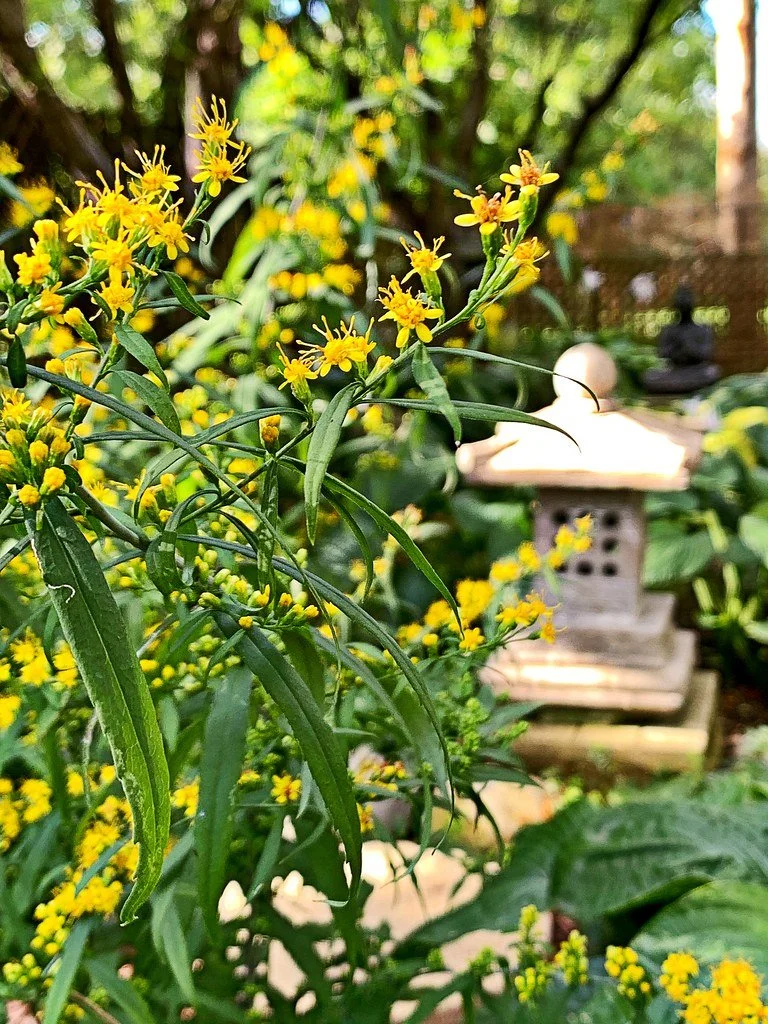Bush's Coneflower - Echinacea paradoxa
Echinacea paradoxa, commonly known as yellow coneflower or Ozark coneflower, is a distinctive perennial herb notable for its vibrant yellow ray florets—a unique trait within the Echinacea genus, which typically exhibits purple or pink flowers. The plant reaches heights of 24 to 36 inches, featuring slender, lanceolate leaves and prominent, dark brown central cones that create a striking visual contrast. Traditionally, various Echinacea species have been utilized for their immune-supporting properties, aiding in the reduction of cold symptoms and respiratory infections. In garden or prairie settings, Echinacea paradoxa serves as an excellent focal point, providing structural height and a splash of bright color that attracts pollinators, enhancing biodiversity.
Sun Exposure: Full
Soil Moisture: Medium-Dry to Dry
Bloom Time: May to July
Height: 2 to 3 feet
Wetland Status: Facultative Upland (FACU)
Echinacea paradoxa, commonly known as yellow coneflower or Ozark coneflower, is a distinctive perennial herb notable for its vibrant yellow ray florets—a unique trait within the Echinacea genus, which typically exhibits purple or pink flowers. The plant reaches heights of 24 to 36 inches, featuring slender, lanceolate leaves and prominent, dark brown central cones that create a striking visual contrast. Traditionally, various Echinacea species have been utilized for their immune-supporting properties, aiding in the reduction of cold symptoms and respiratory infections. In garden or prairie settings, Echinacea paradoxa serves as an excellent focal point, providing structural height and a splash of bright color that attracts pollinators, enhancing biodiversity.
Sun Exposure: Full
Soil Moisture: Medium-Dry to Dry
Bloom Time: May to July
Height: 2 to 3 feet
Wetland Status: Facultative Upland (FACU)
Echinacea paradoxa, commonly known as yellow coneflower or Ozark coneflower, is a distinctive perennial herb notable for its vibrant yellow ray florets—a unique trait within the Echinacea genus, which typically exhibits purple or pink flowers. The plant reaches heights of 24 to 36 inches, featuring slender, lanceolate leaves and prominent, dark brown central cones that create a striking visual contrast. Traditionally, various Echinacea species have been utilized for their immune-supporting properties, aiding in the reduction of cold symptoms and respiratory infections. In garden or prairie settings, Echinacea paradoxa serves as an excellent focal point, providing structural height and a splash of bright color that attracts pollinators, enhancing biodiversity.
Sun Exposure: Full
Soil Moisture: Medium-Dry to Dry
Bloom Time: May to July
Height: 2 to 3 feet
Wetland Status: Facultative Upland (FACU)














